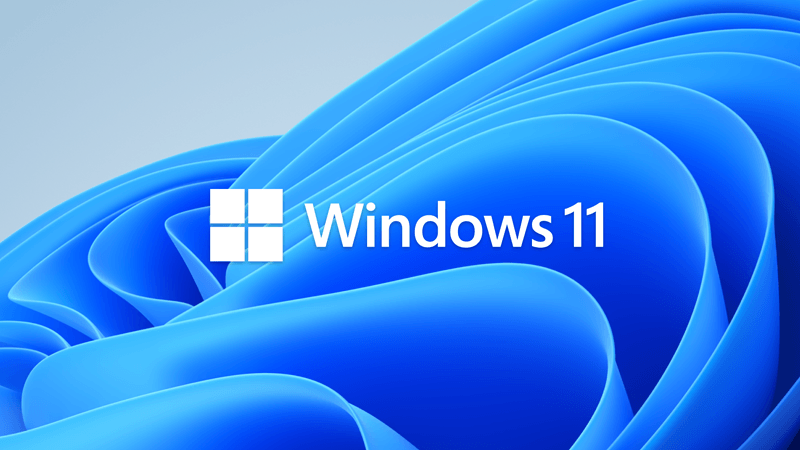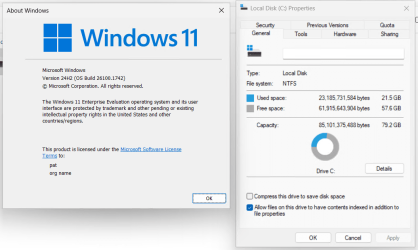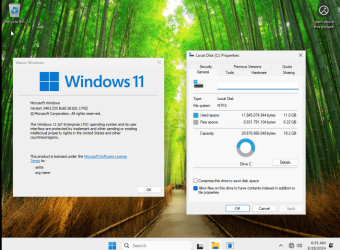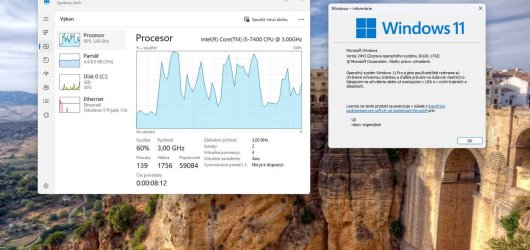OH, how I miss DOS! It was just so Clean and simple.
DOS had two strikes against it, although only one from my viewpoint.
First - for the mass market- was the command line at C:\. Most people did not want to learn that simple language, even though there are only about 8 commands that really matter (dir, copy, delete etc).
Second, and the major bugbear for me, was the complete incapacity for multi-tasking (yes, one could add extended RAM but not run two or more different code segments in it at once because of the conflict crashes). Perhaps most people didn't see the need for multi-tasking, but I had about a dozen or so reiterative geological models constantly on-the-go plus simultaneous CAD editing of the resultant maps. So the wonderful advent of
OS/2, a combined effort from both MS and IBM, was manna from heaven.
Then Gates abruptly pulled the plug on OS/2, opting instead for the crass mass market Windows 3 ... glitzy, colour bubbles but well suited for low end marketing. Completely lacking in multi-tasking capability. I attended one of the MS breakfast presentations at that stage, bur left early after the croissant/coffee break point because the MS rep had stood there and arrogantly intoned: "We have determined that you don't need multi-tasking".
Although IBM persevered with OS/2 for some time after (and so did I), the market glitz of Win3 well obliterated the nuances of OS/2. The mass market was indeed unaware of the productivity available through multi-tasking. I often idly wonder where OS/2 would be today if Gates had not double-crossed IBM.
I tried NT for a while after that, then went to a Linux work station mode with a DOS VM to retain my CAD library out of AutoCAD and DesignCAD.
Win2k, then XP, then Win7, now Win11 finally answered that palaeolithic multi-tasking question while providing drivers for a much greater range of peripheral hardware than Linux ever did.















